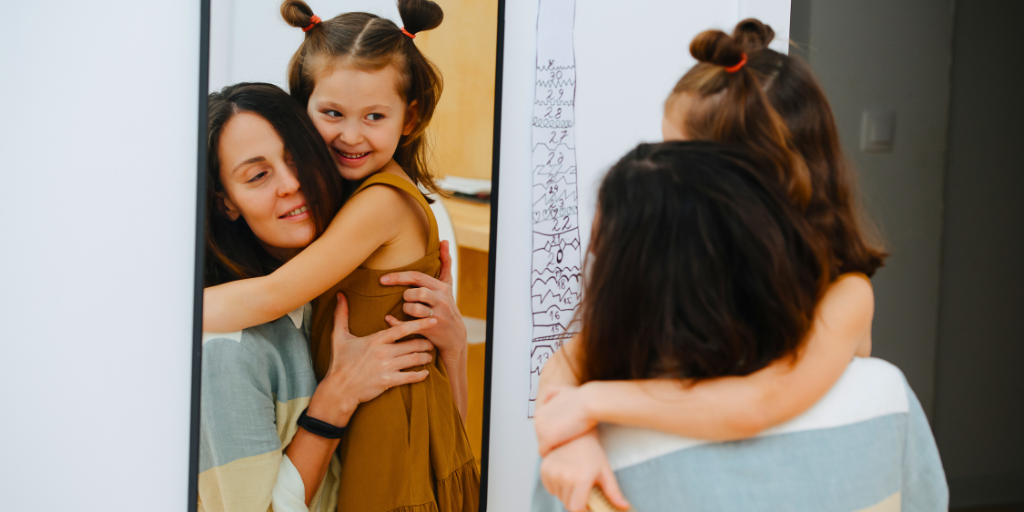
Lorelei Savaryn paves a way to model graceful and grateful aging for her three young daughters.
As I write this, I’m in my late thirties and I’m beginning to notice some signs of age when I look in the mirror. There are a few gray hairs, there are lines on my face that didn’t used to be there. My skin is sagging in places where it never used to sag. There are moments where I see a little glimpse of my grandma in the mirror more than the younger versions of me.
And as I notice these changes, I also am ever aware of the three little girls in my home who watch the things I do, the things that I say. Girls who are getting their roadmap for how to live, for how to be a woman, from me—their mom.
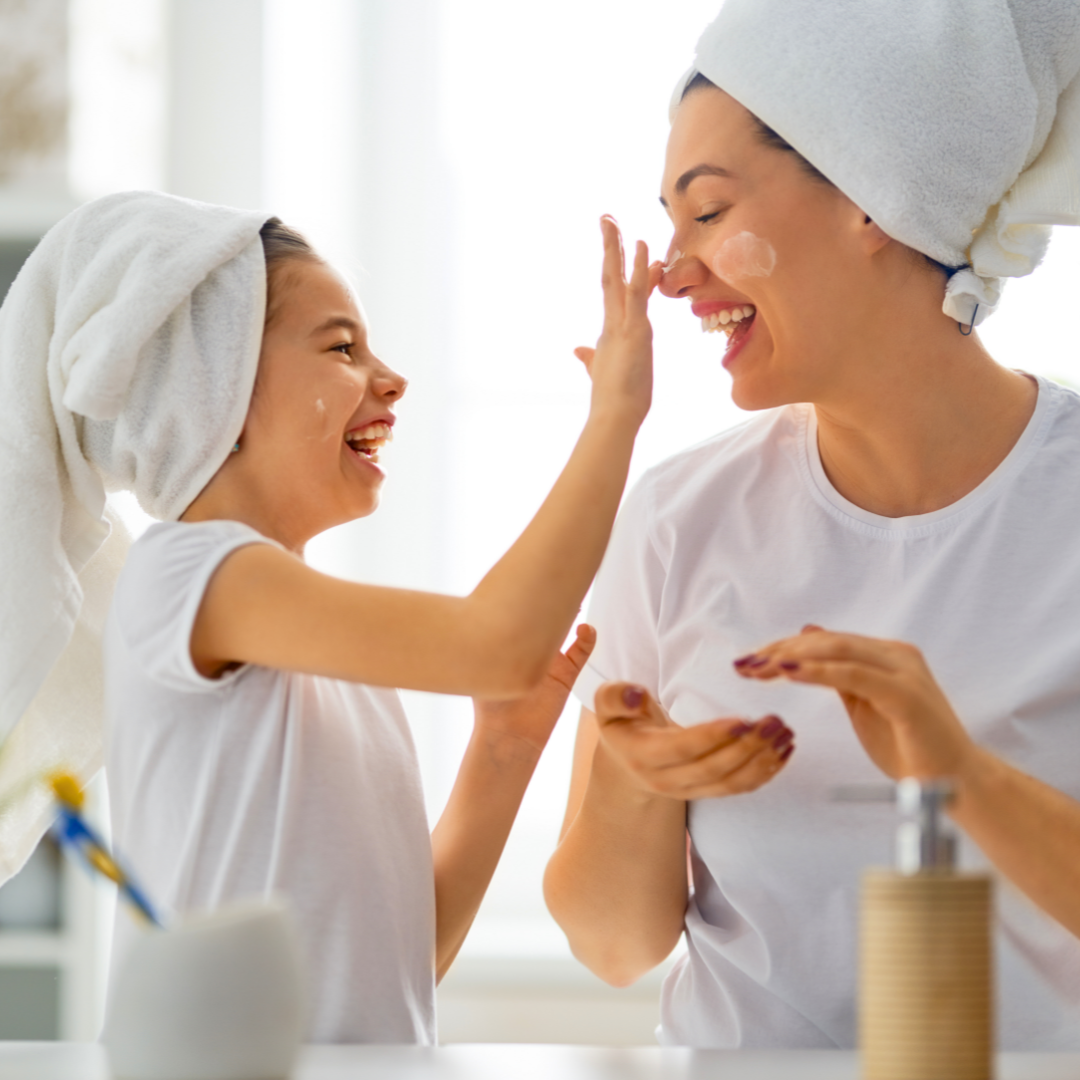
Something that I noticed about myself immediately was that my first thoughts about my aging body were that I need to hide it, I need to fix it, I need to do something about it. I think a lot of that gut reaction comes from the culture I live in. It’s a culture with an entire industry focused on erasing the signs of aging, that’s obsessed with eternal youth. Anti-wrinkle, anti-aging, anti-dark spots, anti-gray hair. The messaging is so loud that I didn’t even have to try for it to embed itself in my mind.
Something that was really helpful for me was to become aware of those internalized reactions, and instead of accepting those messages as true, to question them. To pause a moment and wonder: how do I wish my daughters would think about themselves when they reach this stage of life?
Whatever the answer, I had a strong feeling that I needed to retrain myself so I can model graceful and grateful aging for them somehow.
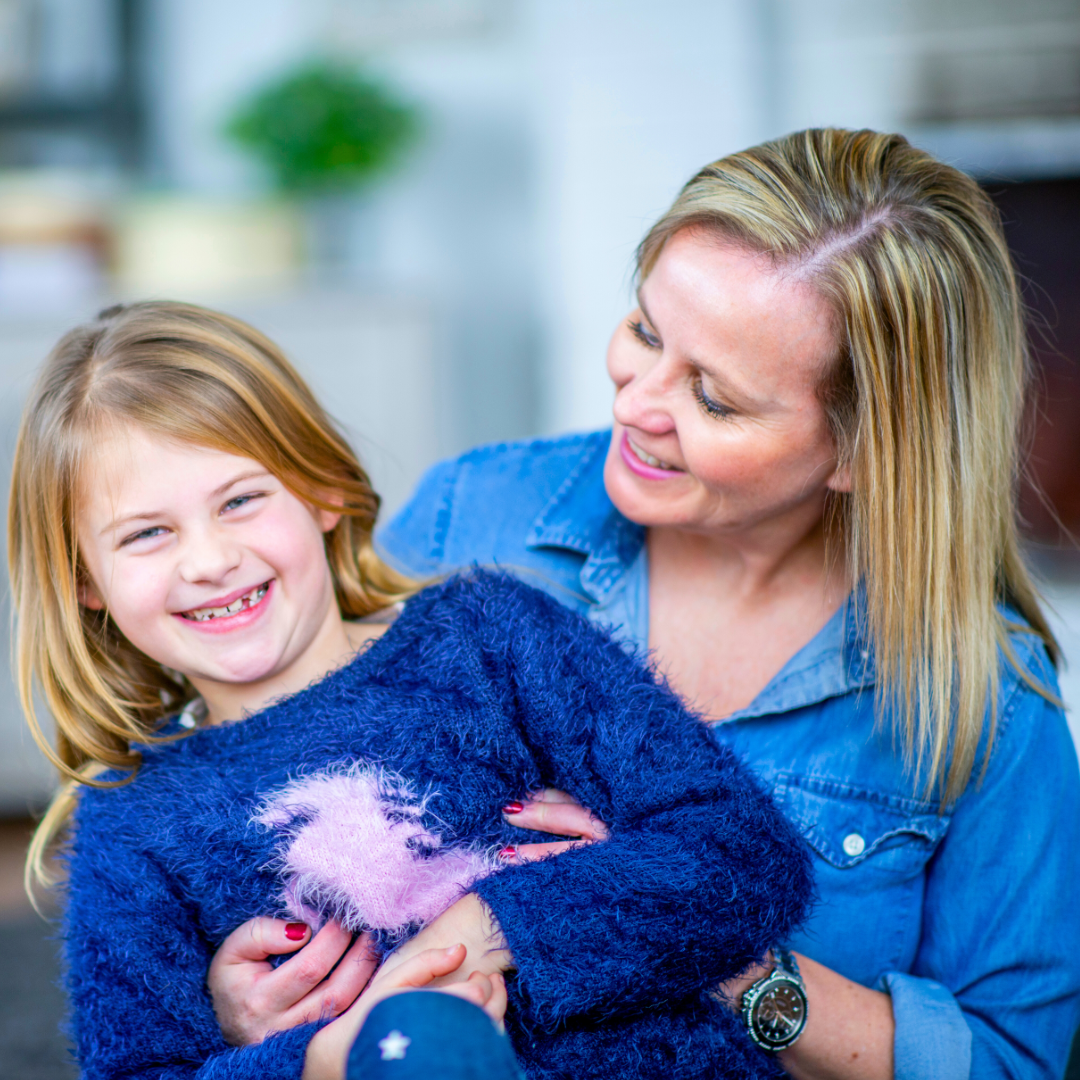
I know that we are a body and soul composite, and our bodies are deeply a part of who we are as beings made in the image of God. Our bodies matter. They matter in many ways, especially because our bodies are how we experience the world around us, how we live our story. And when I started thinking about our bodies as the keepers of our stories, I began to find a new way to look at the signs of aging in myself.
That, in turn, is helping me talk about aging with my daughters.
As an example, one of my daughters recently pointed to the crinkle lines beside my eyes and asked why I have lines there. I leaned over and smiled and showed her that when I smile, my skin folds into little rays shooting out from the corners of my eyes. I told her that our faces show our feelings, and, after a long time, they remember our feelings, too. The lines around my eyes means that I’ve smiled a lot, and my face remembers it. My face helps to tell my story.
Another time, another daughter asked me about my stretch marks. I was able to tell her that my body had to make room for each of the four babies I made, and that my stretch marks show that part of my body’s story, a part that I’m grateful for every single day.
I think graceful aging can mean different things to different people, but I do know deep down that age is something to be proud of. Not everyone gets to grow old, and I don’t want to pass along the message that we absolutely need to hide our age, or fix it, or do something about it.
In thinking about how I want my daughters to react when they begin to see signs of their own aging in the mirror, more than anything, I realized, I want my daughters to one day look at their aging faces and to be kind. To be grateful for the stories their bodies tell. And I hope to help them along that path, and to help myself, by modeling that now and giving them a different message than the anti-aging industry proclaims. I want them to remember their mother looking in the mirror and smiling, and talking about her wrinkles, and showing gratitude for all the things her body has done and continues to do. And I hope they choose to do the same.
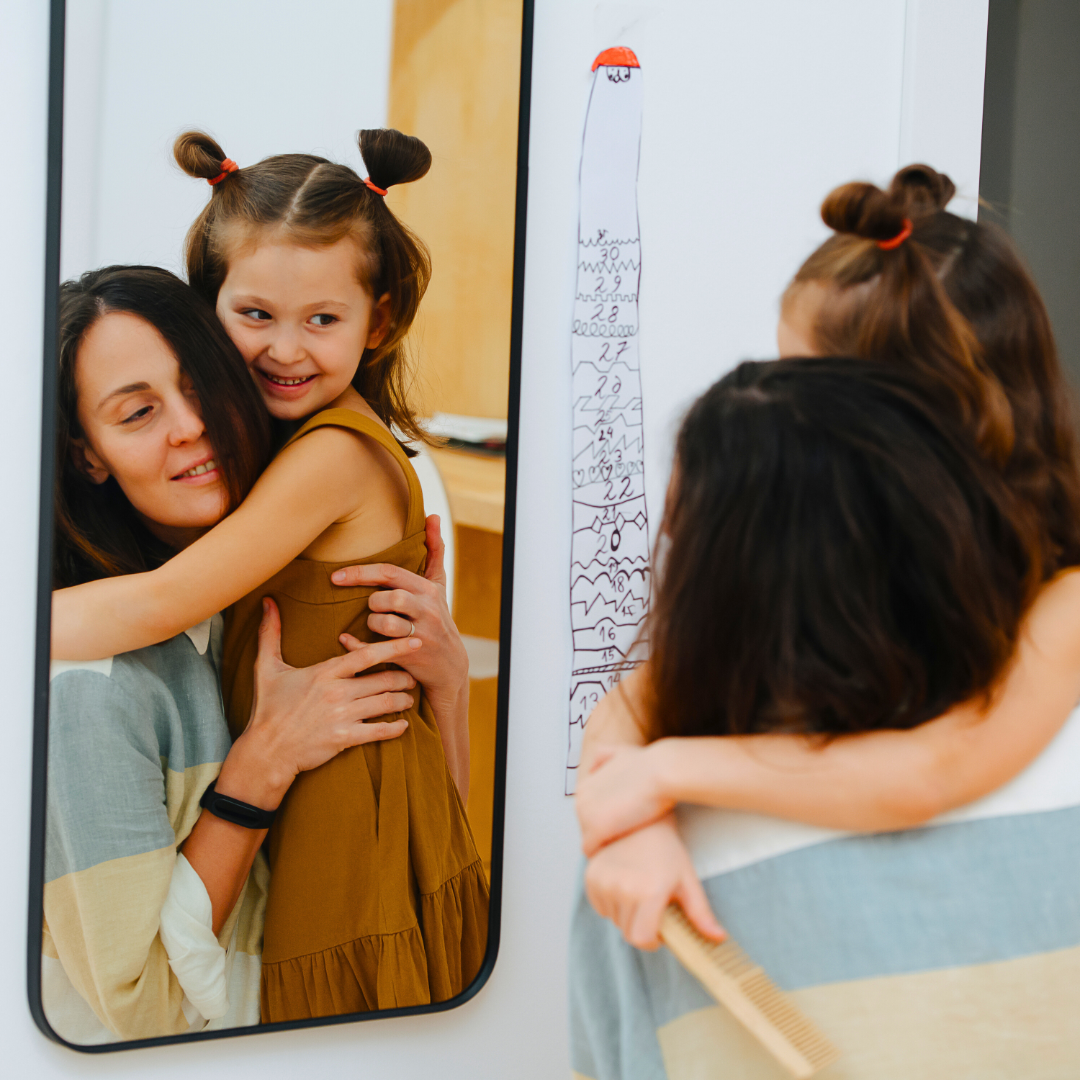
Copyright 2023 Lorelei Savaryn
Images: Canva
About the Author
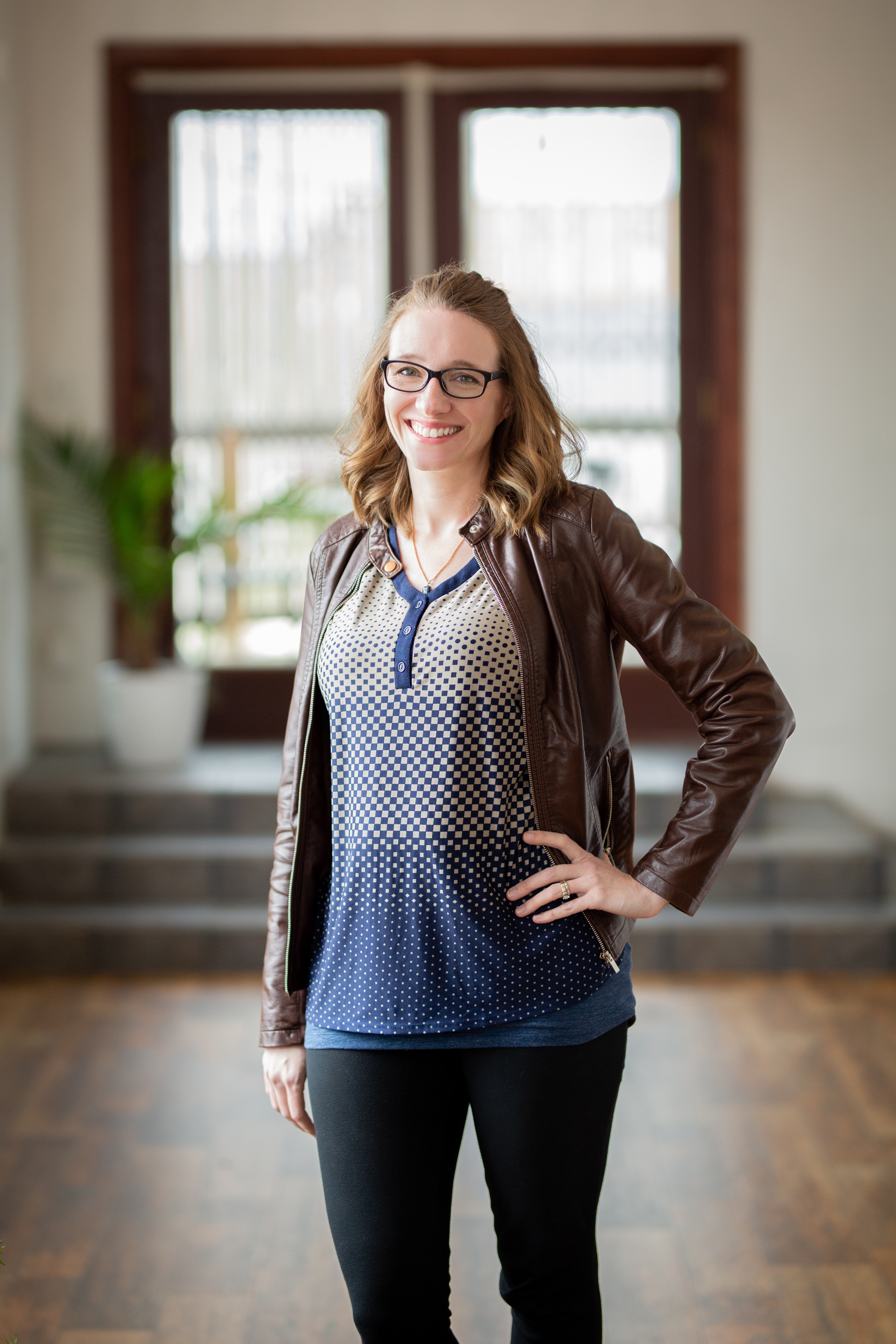
Lorelei Savaryn
Lorelei Savaryn joyfully joined the Catholic Church in 2016 after many years as a Protestant. She lives outside Chicago with her husband, four children, and dog named Saint. She writes about her faith and family life on ThisCatholicFamily.com. She is also a children's author. Her debut novel, The Circus of Stolen Dreams, released in Sept 2020 from Penguin Random House/Philomel.


.png?width=1806&height=731&name=CatholicMom_hcfm_logo1_pos_871c_2728c%20(002).png)
Comments